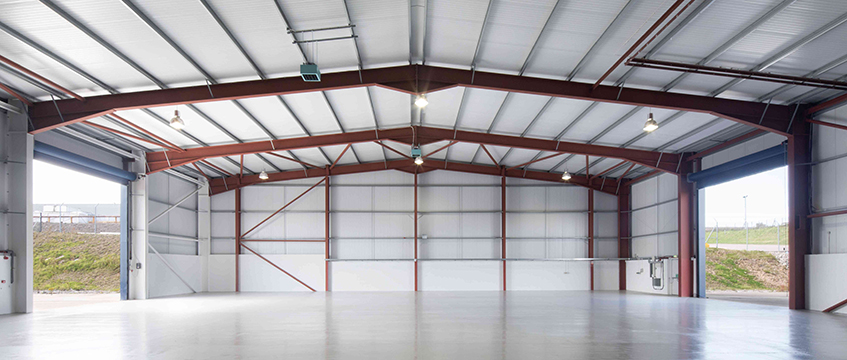The UK industrial market is among one of the sectors expected to see further benefit from the growing trend for bringing manufacturing closer to the end consumer.
The amount of industrial space taken up by manufacturers in key European markets is rapidly increasing – up by 28% last year – as they “nearshore” operations to improve the flexibility and sustainability of their supply chains, according to Cushman & Wakefield.
The trend is being driven by supply chain disruption, rising costs – including manufacturing wages in Asia and for transport, geopolitical challenges to products crossing borders, and a growing focus on sustainability and social impact.
For the UK, the new arrangements for trade in goods across the UK-EU border post-Brexit are also creating unique drivers for nearshoring. However, the report also warns the UK will face challenges in convincing businesses that are considering setting up new operations in the UK to serve Europe in the post-Brexit environment. “The new challenges to moving goods across the new UK-EU border attract complexity, limitations and cost and this is translating into lost opportunities,” the report says.
Manufacturers took 103m sq ft of European industrial space last year, up from 80m sq ft in 2021 – against a backdrop of overall logistics and industrial space declining by 4% year-on-year. The figure is also a significant jump on pre-pandemic take-up, which had reached 84m sq ft in 2019 after increasing steadily in the preceding years.
The report highlights the narrowing differential in costs between making goods in Asia compared with Europe. Sustainability, social impact, oversight, flexibility and control are also influencing decision-making. This is particularly the case for businesses investing significant capital in automation and robotics for production.
Tim Crighton, head of logistics & industrial EMEA at C&W, said: “The cost of a robot for production is broadly similar around the world. The return on investment is therefore quicker and more attractive in some of the traditionally higher cost labour markets like Western Europe against comparatively lower cost labour markets like Asia. Layer in the supply chain stress experienced through the pandemic and the shifting sands of global politics and you have a compelling convergence of factors if you are a manufacturer of goods.”
Key geographies and sectors in Europe that stand to benefit include:
- Central & Eastern Europe, thanks to its relatively low labour costs, geographic proximity to large markets and strong transport links;
- Spain and Portugal are highlighted from a cost and proximity-to-consumer-markets perspective, along with key ports along the northern Mediterranean coast as far as northern Italy;
- Major European economies such as Germany, France, Italy and the Netherlands will benefit as specific industries grow and evolve, including electric vehicle and battery production, and semiconductor fabrication;
- The UK, as more businesses seek domestic suppliers as a result of Brexit supply chain obstacles, although it will also face additional challenges because the new arrangements attract complexity and cost.
Sally Bruer, EMEA logistics & industrial research & insight lead at C&W, said: “Governments also have a key role to play by incentivising investment in product manufacturing that is critical to the delivery of economically, environmentally and socially sustainable industries. As an example, European governments have been stepping in recently with subsidies to secure the go-ahead for major manufacturing projects after the EU loosened state aid rules in the face of fierce global competition.”
The broader logistics and industrial sector has been at the sharp end of recent price correction, but Cushman said investors remain keen on business-critical assets where the occupier commitment is secure and where return profiles are attractive.
Bruer added: “Occupiers will prioritise newer buildings that are more operationally and economically efficient, especially where high levels of automation are implemented. Power sources will also be a key consideration as sustainability credentials are an increasingly large part of the decision making process.”
“Investors will be drawn to these assets for the same reasons, especially where there are strong commitments by established businesses in key markets where risk appetite is low. Less established markets also stand to benefit from nearshoring and these may appeal to investors with higher risk appetites.”
To send feedback, e-mail julia.cahill@eg.co.uk or tweet @EGJuliaC or @EGPropertyNews











